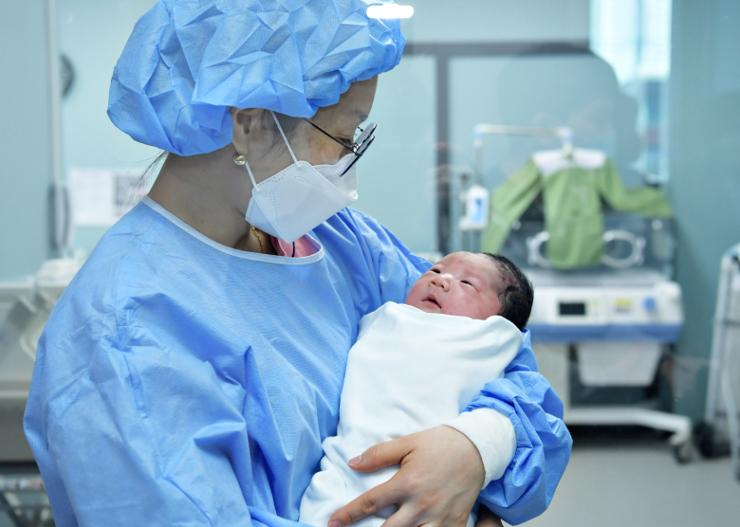
Seoul: The number of newborns in South Korea increased last year for the first time in nine years, according to government data released on Friday. This marks a significant shift for a country facing one of the world’s lowest fertility rates, Yonhap News Agency reported.
Resident registration data from the Ministry of the Interior revealed that 2,42,334 babies were born in 2024, representing a 3.1 per cent rise compared to the previous year. This is the first annual increase following eight consecutive years of decline.
Meanwhile, the total number of registered population stood at 51,217,221 last year, shrinking for five years straight since 2020, Yonhap reported.
Earlier on December 24, South Korea officially entered the category of a “super-aged” society, with individuals aged 65 and older making up one-fifth of its population, as per a government data.
The South Korea’s Ministry of the Interior and Safety reported that 10.24 million people in the country are now aged 65 or above, representing 20 per cent of South Korea’s total population of 51 million, CNN had reported.
The data also revealed that women in this age group comprise around 22 per cent of the female population, while men aged 65 and older account for nearly 18 per cent of the male population.
The age group accounted for 27.18 percent of the population in South Jeolla Province — the highest among the country’s major regions. The central city of Sejong had the lowest share at 11.57 percent. The age group accounted for 19.41 percent of the total population in Seoul, according to Yonhap.
The age group in South Korea has gradually increased over the years. In 2008, the age group comprised 4.94 million individuals and accounted for 10 percent of the population. It reached 19.05 per cent in January this year before surpassing 15 per cent in 2019.
